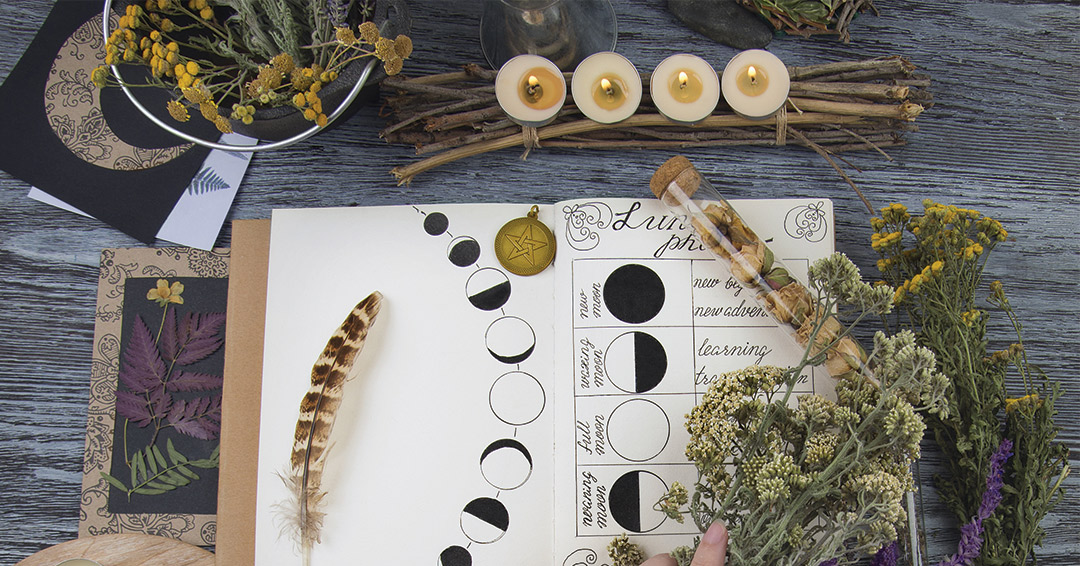





| Color of the day: Crimson
Incense of the day: Dill As we have seen, harvest festivals and feasts are common in ancient cultures. When the Pilgrims of Plymouth held the first American Thanksgiving in 1621, they were celebrating a harvest feast like those they knew back in England. The Pilgrims landed at Plymouth Rock in Massachusetts on December 11, 1620. Because it was the beginning of winter, forty-six of the 102 people who made the Mayflower voyage died in the first year. In the autumn of 1621, thanks to the help of native tribes, the Pilgrims had a bountiful harvest and invited ninety-one of their new friends to the first Thanksgiving. This first American harvest festival probably consisted of wild fowl, venison, boiled pumpkin, corn bread, fish, lobster, clams, dried fruit, berries, and plums. All provisions that had been brought from England had long since been used up, and all of the food was supplied by the new land. This story of hardship and eventual reward illustrates our dependence on Mother Earth and the necessity of working with the cycles of nature. The celebration of the various holidays throughout the year stem from magical practices designed to show gratitude to the Earth and to help us find our place in her cycles. The story of Thanksgiving demonstrates the power of friendship between cultures. Thanksgiving was not held regularly in Plymouth until 1676. By then, the colonists had forgotten their debt to their native friends and were instead celebrating military victory over "heathen savages." Today Thanksgiving honors the land and the contribution Native Americans have made to our culture. |

© This page is for the enjoyment of visitors to Llewellyn.com, and is the copyrighted intellectual property of Llewellyn Worldwide Ltd. You may post a link to this page, but no part of it may be used or reproduced without permission.